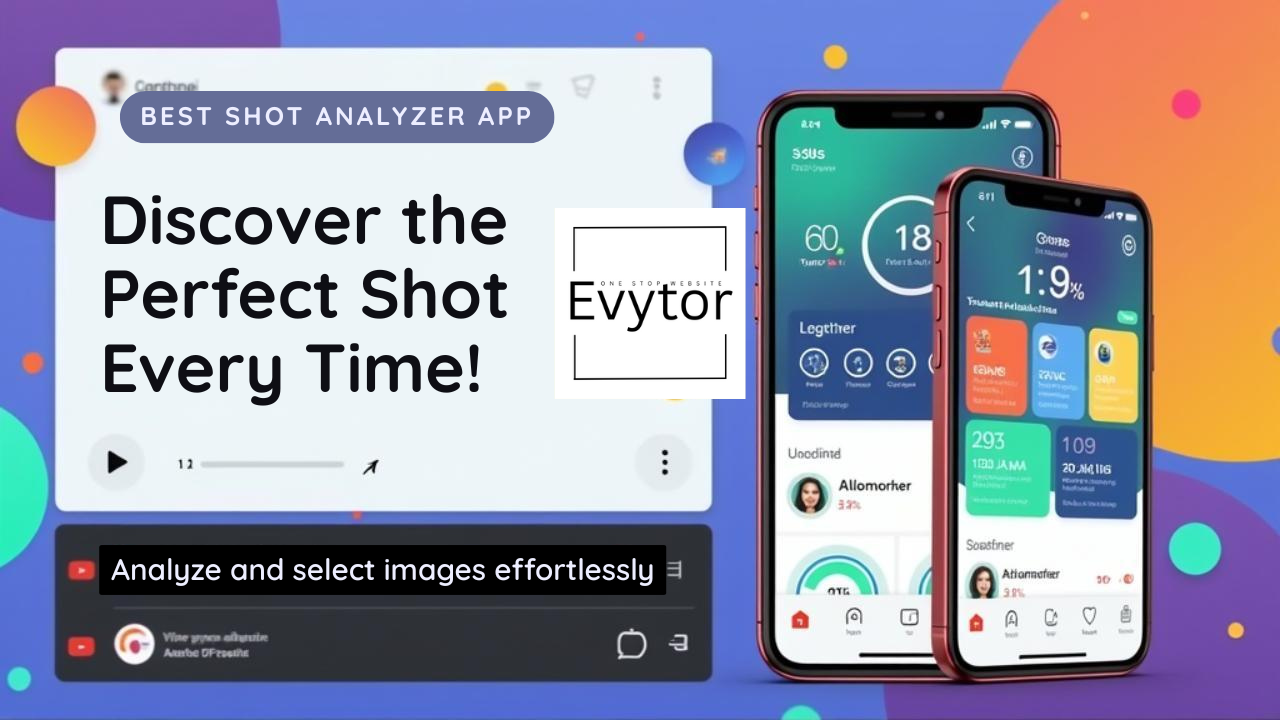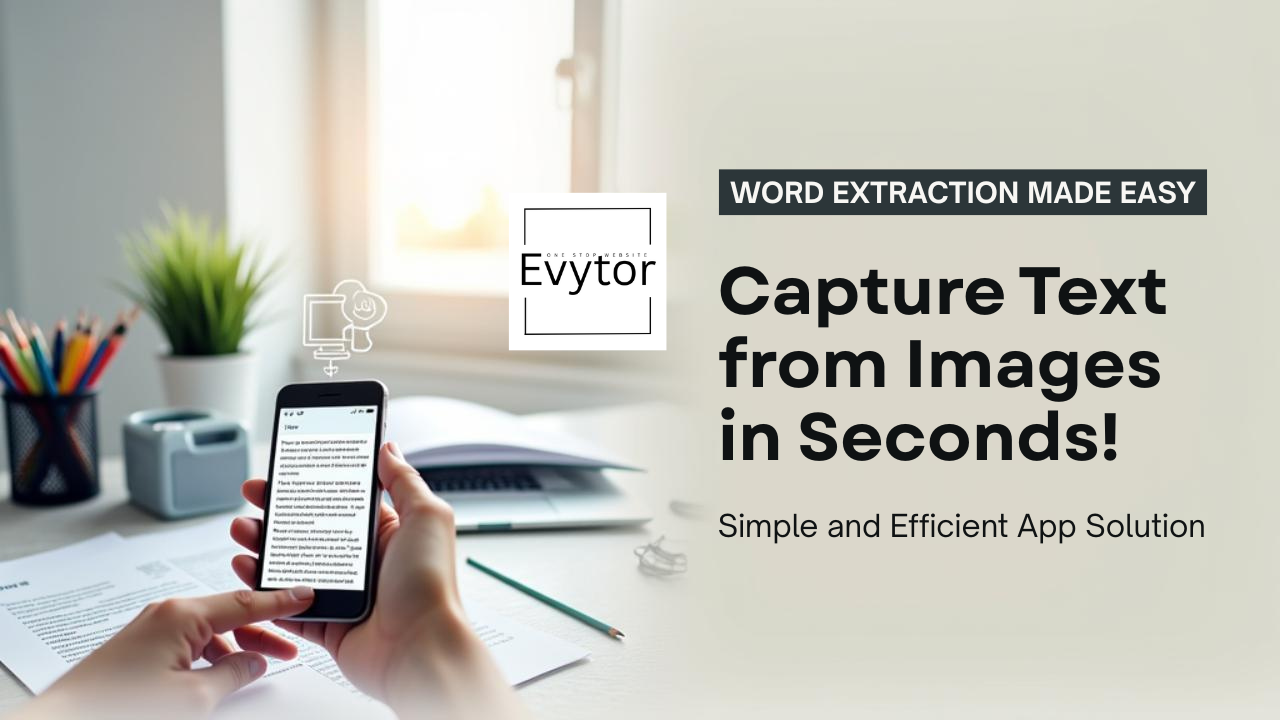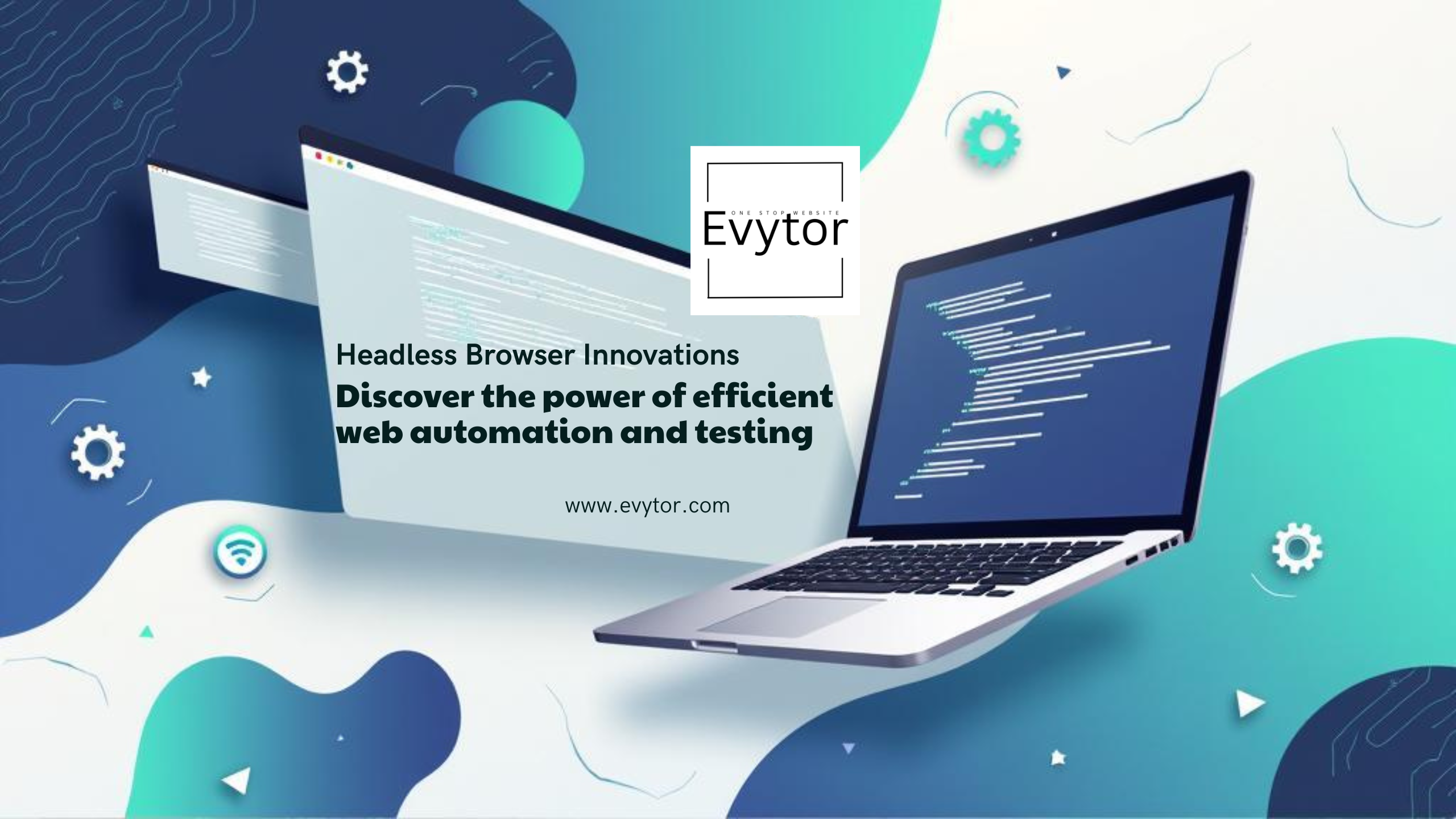The Rise of Generative AI: Creativity and Challenges
The digital landscape is buzzing with talk of Artificial Intelligence, but perhaps no area has captured the collective imagination quite like Generative AI. Suddenly, creating original text, stunning images, compelling music, and even realistic videos is no longer the sole domain of human artists and creators. AI models like ChatGPT, Midjourney, and Stable Diffusion have thrown open the doors, democratizing creativity and sparking a revolution in how we think about art, content creation, and innovation. But with this explosive growth comes a tangle of complex challenges.
This isn't just a technological leap; it's a cultural moment. Generative AI is poised to reshape industries, redefine job roles, and force us to confront fundamental questions about authorship, authenticity, and ethics. Are you ready to explore the exhilarating highs and daunting lows of this transformative technology? Let's dive in. 🚀
What Exactly is Generative AI?
At its core, Generative AI refers to artificial intelligence systems designed to *create* new content or data rather than simply analyze or classify existing information. Unlike traditional AI that might identify spam emails or recommend products, generative models learn patterns and structures from vast datasets to produce entirely novel outputs.
Think of it like this: while a traditional AI might learn to distinguish between cats and dogs, a generative AI could learn the characteristics of cats and dogs and then generate *new* images of animals that never existed before. 💡 It's about moving from understanding to creating.
Creativity Unleashed: The Opportunities
The potential for Generative AI to augment and amplify human creativity is staggering. It's a powerful co-pilot, a tireless assistant, and sometimes, a surprising collaborator.
- Content Creation: Generating drafts for articles, marketing copy, social media posts, or even entire book chapters in minutes.
- Art and Design: Creating unique illustrations, logos, abstract art, or mood boards based on simple text prompts. Artists can use it as a tool to overcome creative blocks or explore new styles.
- Music and Audio: Composing original melodies, generating sound effects, or creating background scores for videos.
- Software Development: Writing code snippets, debugging, or even generating entire functions based on descriptions.
- Education and Research: Generating diverse examples for learning, summarizing complex texts, or even simulating scenarios for scientific studies.
- Personalization: Creating highly personalized content, marketing materials, or user experiences on a massive scale.
The accessibility of these tools means that individuals and small businesses can now produce high-quality creative assets that were previously only achievable with significant resources and expertise. It's a huge boost for productivity and innovation across countless fields. ✅
Navigating the Challenges
While the creative potential is immense, the rise of Generative AI is not without its hurdles. These challenges span ethical, technical, and societal dimensions.
Ethical and Societal Concerns
Perhaps the most discussed challenges revolve around ethics and societal impact:
- Misinformation and Deepfakes: The ability to generate realistic fake content (images, audio, video) makes the spread of misinformation easier and more convincing. This poses serious risks to trust, democracy, and personal privacy.
- Copyright and Ownership: Who owns content generated by AI? What if the AI was trained on copyrighted material? These questions are currently navigating uncharted legal territory. 🤔
- Bias and Fairness: AI models learn from the data they are trained on. If that data reflects societal biases, the AI will perpetuate and even amplify those biases in its generated output.
- Job Displacement: As AI tools become more capable, concerns about job displacement in creative industries and knowledge work are increasing.
- Authenticity and Value: How do we value human creativity when AI can produce similar outputs instantly? What happens when distinguishing between human-created and AI-generated content becomes difficult or impossible?
Technical and Practical Hurdles
Beyond ethics, there are also practical and technical challenges:
- Quality and Consistency: While outputs can be impressive, they can also be nonsensical, repetitive, or factually incorrect. Ensuring accuracy and quality requires significant human oversight.
- Computational Cost: Training and running these large models require massive amounts of computing power and energy, raising environmental concerns.
- Data Requirements: High-quality generative models need enormous, diverse datasets, which can be challenging and expensive to acquire and curate.
- Black Box Problem: Understanding *why* an AI generated a particular output can be difficult, making debugging and controlling the creative process challenging.
Going Further: Pro-Tips for Engaging with Generative AI
Making Generative AI Your Ally
Don't just consume AI-generated content; learn to *direct* it. Becoming proficient in prompt engineering – the art of crafting effective instructions for AI models – is a valuable skill.
Ideas for Exploration:
- Experiment with different AI models (text, image, audio) and compare their strengths and weaknesses.
- Use AI to brainstorm ideas when you're stuck, but always refine and build upon its suggestions with your own unique perspective.
- Explore ethical guidelines and discussions surrounding AI use. Consider the source and potential biases of AI-generated content.
- Look into courses or tutorials on specific generative AI tools to deepen your understanding and skills.
- Join online communities or forums where users share tips and discoveries about generative AI.
Remember, AI is a tool. Like any powerful tool, its impact depends on how we choose to use it. Responsible innovation and thoughtful application are key to harnessing its benefits while mitigating its risks.
The Future is Generative
The rise of Generative AI is not a fleeting trend; it's a fundamental shift. It challenges our definitions of creativity, authorship, and work itself. While the challenges are significant and require careful consideration from technologists, policymakers, and society as a whole, the opportunities to unlock new levels of human potential and creativity are equally vast.
Embracing this technology with a critical eye, understanding its limitations, and actively participating in the conversation about its future are crucial steps for navigating this exciting new era. How do you see Generative AI impacting your own creativity or work in the coming years? Share your thoughts! 👇




